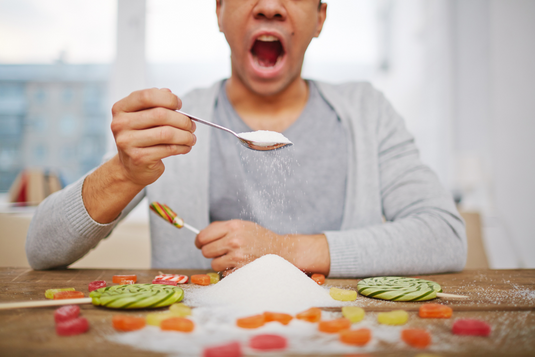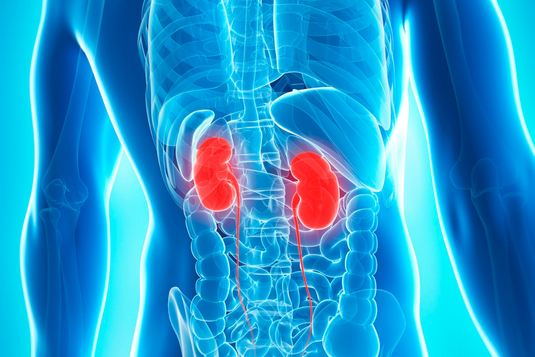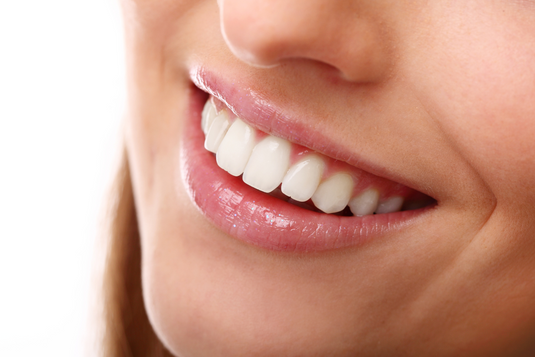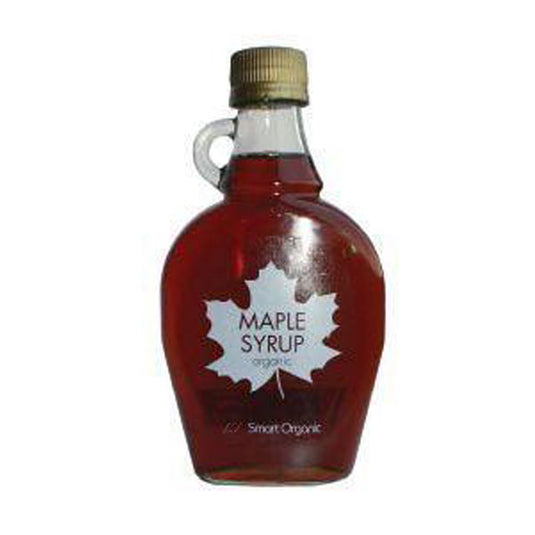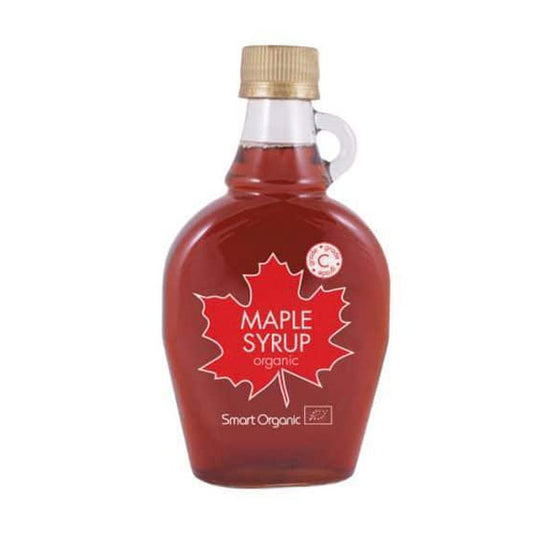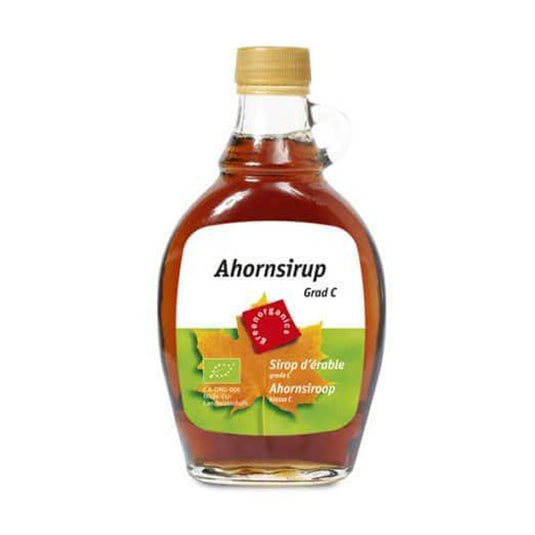When someone is addicted to refined sugar, it is a sign of glucose deficiency, which is sometimes due to early childhood insulin resistance. This feeling of desperation for refined sugar comes from the search for the fastest way to deliver glucose to the brain. It's not so much an addiction to the sweet taste, it's that the brain is looking for the most direct route to supply itself with sugar to correct the deficiency.
The hidden factor
If the sugar actually reached the brain as intended, the person would be satisfied and not sugar-crazed afterwards. Sugar is not an addictive substance. The reason it appears to be addictive is that excess fat in the bloodstream prevents much of the sugar from reaching the brain, leading to excess sugars in the blood vessels and dietary fat causing insulin resistance. It's a vicious circle.
If we look at it only as "blood sugar peaks and troughs," that's definitely not enough information to understand how sugar really interacts with the brain and body. The real reason someone has low blood sugar, becomes irritable or tired, or falls asleep after high sugar levels is because they are experiencing insulin resistance due to the fat in the blood at the same time as the sugar.
It is very rare to consume sugar without some form of fat along with it. Cakes, cookies, cupcakes, ice cream, chocolates, donuts – they all contain fat, even if they are vegan or healthier versions of the treats. Peanut butter and jelly, chips made with high-quality butter, avocado toast: these are all a combination of fat and sugar. It happens that we eat dessert after a meal that has contained dietary fat. Or when we consume sugar, there is still fat floating around in our blood from a previous breakfast or meal. We blame refined sugar for highs and lows, but the real cause of highs and lows is fat.
Craving sugar is not a weakness. It is a human need. We always need glucose for the brain. This is why everyone experiences sugar cravings and why a person who has stopped taking sugar ends up going back to it. While refined sugar isn't the ideal way to get glucose, we can use sugar cravings as a window into the brain's needs. Even with insulin resistance arising from fat in the blood, some sugar gets through to give the recipient a brief moment of relief because that glucose is being absorbed from a long-term shortage. It is possible to even feel euphoria.
The problem is that treating glucose deficiency with refined sugar is the wrong treatment. Refined sugar shouldn't be used this way – as we've already mentioned, we usually combine refined sugar with fat or have fat in our blood from earlier in the day. Very few people, if any, eat only straight sugar and have no fat in their diet. Even if someone consumes sugar cubes or straight packets of sugar, whether it's the full-fat version of unrefined raw sugar or refined sugar, there's almost always an overt, radical involvement of fat—or in something else they're eating or drinking at the same time. , or in anything else he ate or drank that day. There's only a tantalizing relief from sugar in the brain—a moment before fat gets in the way. And again you want more. You are in perpetual captivity of refined sugar addiction. After all, this addiction does not come from her. These are fats that interfere with sugar and create a feeling of addiction to it.
If someone has cut out fat and consumes refined sugar without adding fat to it, they will not become addicted to sugar. He would be just as happy to eat pure maple syrup , raw honey, fruit or sweet potatoes, and would feel no need to reach for fresh refined sugar again. Without fat getting in the way, our brain can get the glucose it needs, especially when we feed it the best forms of glucose. We can safely reach a point of saturation. On the other hand, when oil, milk, cheese, butter, eggs, avocados, nuts, nut butters, cocoa and/or animal products are present in a person's body, these fats change the dynamics. Suddenly, refined sugar becomes a weapon and the cycle of addiction can begin.
Blood sugar peaks and troughs
When you give up high refined sugar, it's not really the sugar that's causing your withdrawal and the temptation to relapse. Again, you are going through a withdrawal process because of the fat that is in the bloodstream. Fats in the blood cause the adrenal glands to react because adrenaline thins the blood. One of the roles of adrenaline is to dilute fats in the blood, thereby allowing the brain to receive sufficient oxygen and ideally glucose, two resources that are critical to brain function.
Adrenaline is a steroid that can bring a pleasant feeling, strength, clarity and/or energy. Steroids also have a withdrawal process. Once you start cutting back on the fats you've been consuming in combination with refined sugar, your adrenal glands release less adrenaline . They reduce the levels of adrenaline to deal with crisis situations, which they have been releasing to dilute the fats in the blood. Then you may experience adrenaline withdrawal, which can lead to sadness, loneliness, guilt, even shame. These feelings can prompt you to reach for comfort foods.
It's a vicious cycle that can lead to ever-increasing overeating of refined sugar, which almost always contains some type of fat. And if refined sugar isn't combined with fat in what you eat, you'll certainly eat fat on the same day, close to the day you eat the sugar, so the fat will enter the bloodstream, blocking the sugar from entering the cells and creating insulin resistance.
Although we associate sugar with mood swings, it's actually a release of adrenaline from the adrenal glands to deal with fat in the blood—plus the insulin resistance that fat can cause. This is actually the truth behind the sensations and feelings like mood swings and crashes that we associate with refined sugar addiction.
Here's another key piece of information: when you lose weight, fat dissolves and passes through the bloodstream on its way out of the body. Soluble fats are not converted and used as fuel as some believe. The dissolved fat that comes out of the organs or from under the dermis has a different consistency and viscosity than the fat that floats into the bloodstream from the food just consumed. The fat that dissolves and leaves your body during weight loss can still create insulin resistance—a milder form of insulin resistance, but the possibility is still there.
Mild insulin resistance from dissolving body fat can occur when someone begins to reduce fat in their diet because they are trying to lose weight or heal a chronic disease. That's why healthy carbohydrates and trace minerals in your diet are important while you're healing to keep your blood sugar stable while fat leaves your circulation. Eventually, you get rid of all your insulin resistance.
For specific support with eating and eating disorders (including anorexia, bulimia, binge eating, vomiting, and more), refer to Chapter 29 of Anthony William's Cleanse for Health , which is focused entirely on nutritional supplementation protocols for various chronic conditions. and symptoms.
